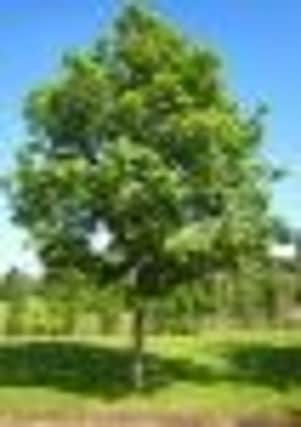Facts about the ash tree disease


The fungal disease, Chalara dieback, has affected trees in Europe.
In February it was found in a consignment of infected trees sent from a nursery in the Netherlands to a nursery in Buckinghamshire. Since then it has been found in a number of locations inculding recently in Kent.
Now there are fears that it could spread to Sussex.
Advertisement
Hide AdAdvertisement
Hide AdThe diease causes leaf-loss and crown dieback and is known to kill 90 percent of the trees it infects.
Plant health experts are undertaking an urgent survey of a thousand sites which have had saplings from nurseries where Chalara has found to be present.
They are also prioritising the examination of around 2500 blocks of land, each 10 kilometres square, where mature ash trees are known to be present, to seek out traces of the disease in our established trees.
A Forestry Commission spokesman said: “Ash trees were first recorded dying in large numbers from what is now believed to be this newly identified form of ash dieback in Poland in 1992, and it spread rapidly to other European countries.
Advertisement
Hide AdAdvertisement
Hide Ad“ However, it was 2006 before the fungus’s asexual stage, C. fraxinea, was first “described” by scientists, and 2010 before its sexual stage, Hymenoscyphus pseudo-albidus, was described.
“It is believed to have entered Great Britain on plants for planting imported from nurseries in Continental Europe.
“However, now that we have found infected older trees in East Anglia with no apparent connection with nursery stock, we are also investigating the possibility that it might have entered Britain by natural means.
“These include being carried on the wind or on birds coming across the North Sea, or on items such as footwear, clothing or vehicles of people who had been in infected sites in Continental Europe.”
Advertisement
Hide AdAdvertisement
Hide AdClaire Kerr, from the Woodland Trust said: “The disease could have a major impact on the county’s forests,
“In the worst case scenario it could leave ash in the same place as elm, which was virtually lost from the British landscape in the 1970’s.”